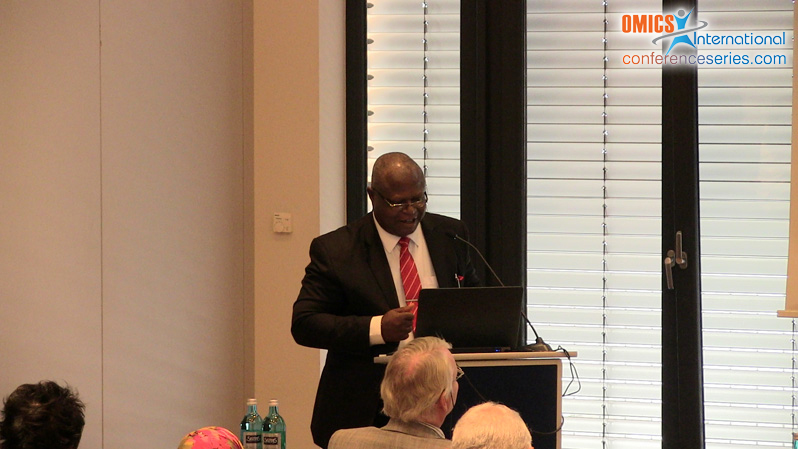
Alfred Y Itah
University of Uyo, Nigeria
Title: Assessing the microbiological and heavy metal burden in some fresh water and marine fishes in a segment of the bight of bonny, Niger delta area of Nigeria
Biography
Biography: Alfred Y Itah
Abstract
The microbiological, physico-chemical and heavy metal burden in fresh water and marine fishes were carried out using standard analytical procedures. Five fin and shell fishes were purchased from fishers at different fishing communities in Akwa Ibom State coastline, Niger Delta Area of Nigeria. Micro-organisms isolated included Chromobacterium violaceum, Salmonella enterica, Bacillus subtilis, Alcanivorax borkumensis, Micrococcus varians, Porticoccus hydrocarbonoclasticus, Marino bacter, Marino monas, Cladosporium resinae, Penicillium italicum, Saccharomyces estuari and Candida marina. The microbiological burdens were 4.9 (±0.02) x105 cfu/ml (fresh water), 6.4 (±0.03) x105 cfu/ml (marine water), 4.0(±0.01) x105 cfu/g (fresh water sediments) and 5.2 (±0.02)x105 cfu/g (marine sediments). Densities of heterotrophs in the fishes ranged from 7.0(±0.04)x105 to 7.8 (±0.03)x105cfu/g (intestine), 6.4(±0.02) x105 to 6.9 (±0.10)x105 cfu/g (gills) and 7.1 (±0.04)x105 to 7.8(±0.03) x105 cfu/g (skin) from fresh water fin fishes; 5.1 (±0.2)x105 to 5.9(±0.01)x105 cfu/g(intestine), 4.5 (±0.04)x105 to 4.9 (±0,04)x105cfu/g(gills) and 6.1 (±0.04)x105 to 6.9 (±0.02)x105cfu/g (skin) from fresh water shell fishes;7.5(±0.02)x105 to 8.6 (±0.05)x105 cfu/g (intestine), 7.1 (±0.03)x105 to 7.9(±0.04) x105 cfu/g (gills), 6.1(±0.03)x105 to 9.8 (±0.5)x105cfu/g (skin) from marine water fin fishes; 5.3 (±0.03)x105 to 6.1(±0.2)x105 cfu/g (intestine), 4.1(±0.04)x105 to 4.9 (±0.02)x105 cfu/g (gills) and 7.1(±0.03)x105 to 7.9(±0.05) x105 cfu/g (skin) from marine water shell fishes. Comparable trends in heavy metal concentrations were: FE>Cu>Al>Zn>Ni>Pb=Cd (fresh water sediments), Fe>Al>Ni>Pb>Cd>Cu>Zn (marine sediments), Cu>Fe>Zn>Al>Pb=Ni=Cd (fresh water) and Al>Fe>Ni>Cu>Zn>Pb>Cd (marine water). Although densities of hydrocarbonclastic micro-organisms 105cfu/g and above are considered significant, their presences in high numbers in fishes present some ecological advantage in the event of oil spill as they could metabolize and biodegrade the pollutants in fishes for their survival. Shell and fin fishes are promising candidates in bio-monitoring and as pollution indicators.

